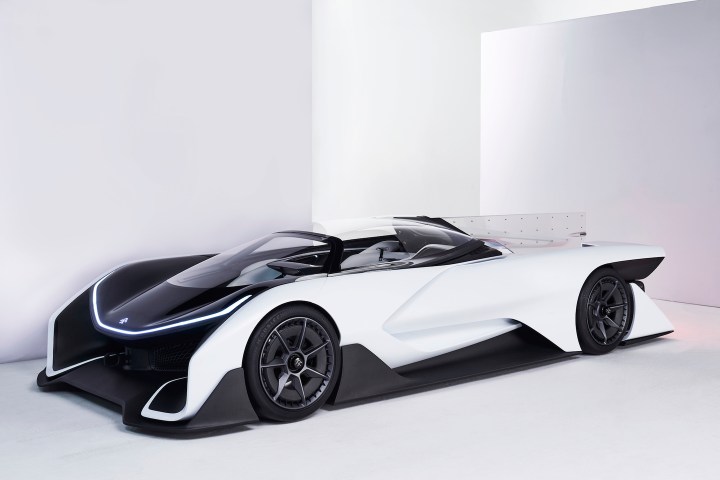
But work on the factory site has now stopped, lead contractor AECOM told Jalopnik. In a statement to the car website, AECOM noted that “grading and foundation prep work” had been completed, but that Faraday Future is “temporarily adjusting their construction schedule with plans to resume in early 2017.”
The news comes about a month after AECOM issued a warning to Faraday that it was late on payments related to the factory, which has a claimed total price tag of $1 billion. In a letter dated October 10, AECOM cited an unpaid $21 million that was due in September. The deposit was for an escrow account to cover material costs and subcontractor work.
Faraday Future is backed by Chinese billionaire Jia Yueting and his LeEco tech company, but that source of funding is also threatened. In a recent letter to employees, Jia wrote that the company had overextended itself and was running out of cash. He said that was due not only to automotive projects, but also the recent effort to launch LeEco’s television and smartphone lines in the U.S. In addition to Faraday Future, LeEco has mulled building cars under its own brand name, and has a partnership with Aston Martin.
So far, it appears Faraday still plans to unveil its first production electric car at CES in January, a year after it unveiled the flashy FFZero1 concept car at the show. Instead of a fanciful supercar, the production model will likely be a crossover. It will use the same Variable Product Architecture (VPA) platform as the FFZero1, plus lithium-ion battery cells from LG Chem.
Even if this mysterious electric car turns out to be something special, the work stoppage at Faraday’s factory site may mean that you won’t be able to buy one for awhile. At CES 2016, Faraday said the car would go into production within two years, which is a very tight deadline even for an established automaker, let alone one that has never built a car before. Assuming there are no other issues, just finishing the factory on time will be quite a feat.


